Slag is a byproduct of industries such as metallurgy, steelmaking, and mining, typically containing high moisture content. Untreated slag affects storage and transport and limits its further utilization.
The slag drying machine is designed to address high moisture content, efficiently and uniformly removing moisture to meet subsequent application needs. After drying, slag becomes a valuable resource, widely used in metallurgy, cement, construction materials, and more, reducing production costs and improving economic benefits.
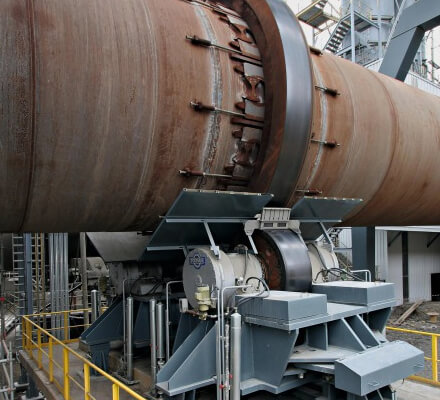
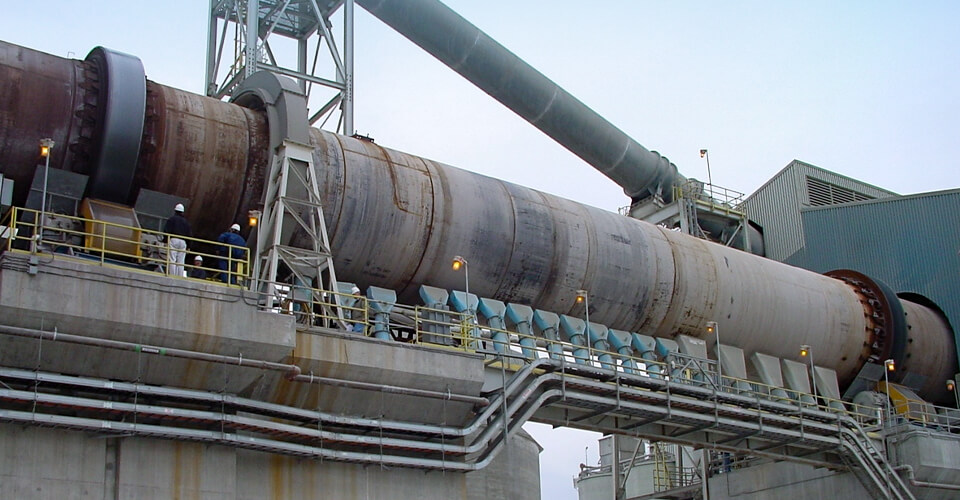
The slag drying machine processes large volumes of slag, from 1.9 to 76 tons per hour, suitable for various production scales, ensuring stable and efficient operations.
The slag dryer uses high-temperature hot air drying technology and optimized heat exchange systems to maximize energy efficiency and significantly reduce drying time.
Built with high-strength materials, the equipment is designed for long-term, heavy-duty operations, minimizing downtime and maintenance costs.
Optimized parameters reduce coal and electricity use by 10%–15%, lowering fuel and drying costs.
The slag dryer is suitable for various types of slag and related byproducts, including:
Blast Furnace Slag: Byproduct of steelmaking.
Metallurgical Slag: Includes iron slag, steel slag, carbide slag, etc.
Fly Ash: Byproduct of coal-fired power plants.
Water Slag: Waste from cement production.
Coal Slag: Byproduct from coal combustion.
Clay: Raw material for construction and ceramics.
Other Industrial Byproducts: Such as bauxite slag, copper slag, etc.
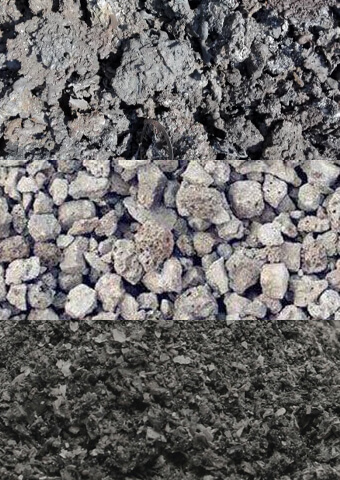
The slag dryer is a type of rotary dryer, mainly consisting of a rotating drum, lifting plates, drive mechanism, conveyor, support system, and sealing components.
It typically uses a countercurrent or concurrent heating method, with a burner providing heat, using fuels like natural gas, coal, or diesel.
During operation, wet materials enter the dryer, where lifting plates evenly disperse them. The materials interact with hot air (concurrent or countercurrent), enhancing heat transfer. They move under the influence of inclined plates and hot air, with dried material discharged from the other end.
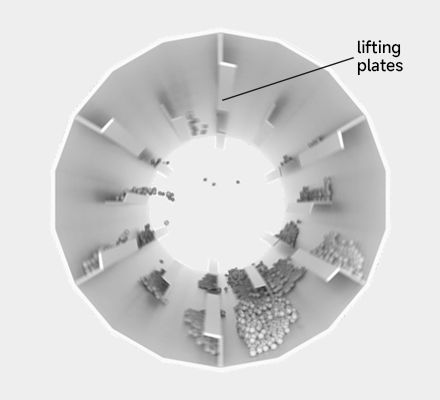
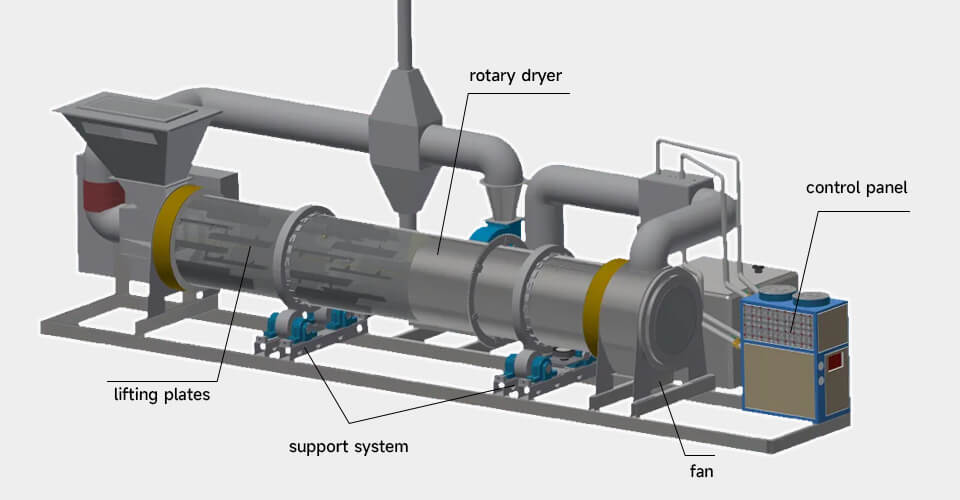
| Model 1 | Model 2 | Model 3 | Model 4 | |
|---|---|---|---|---|
| Spec./m (Dia.×Length) |
Φ2.2×12
|
Φ2.4×22
|
Φ3.2×25
|
Φ3.6×28
|
| Shell Cubage (m³) |
45.6
|
99.5
|
201
|
285
|
| Capacity (t/h) |
9.7–12.2
|
21.2–26.5
|
42.9–53.6
|
60.8–76.0
|
| Highest Inlet Air Temperature (℃) |
700–800
|
700–800
|
700–800
|
700–800
|
| Main Motor (kW) |
22
|
45
|
90
|
160
|
| Weight (t) |
33.5
|
58
|
110
|
135
|
Want to know more parameters? Ask our experts
Fill in some minor details & we will take it from there. We look forward to a lasting partnership.